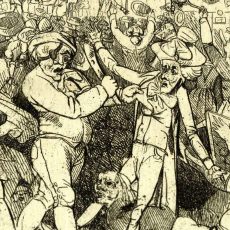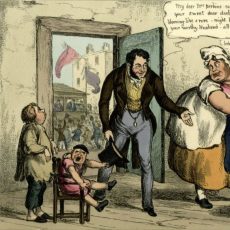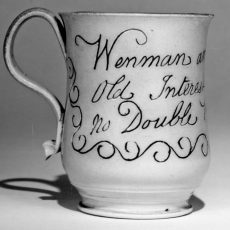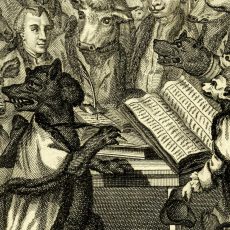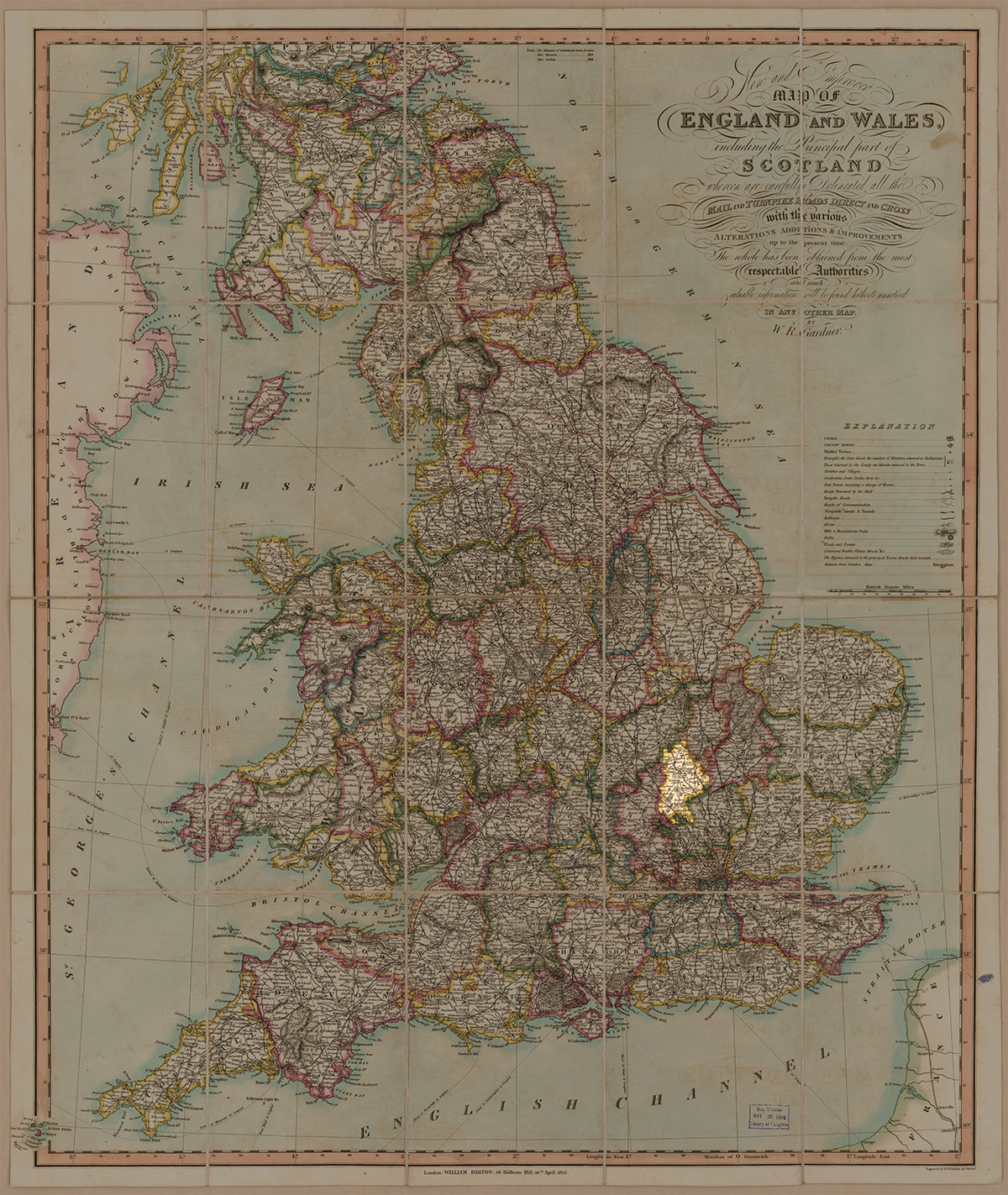
Bedfordshire was an agricultural county, also known for its lace, straw, and thread manufacture. Notable towns included Bedford, Dunstable, and Luton. Voting typically took place in St Paul’s Square in Bedford, before the result was declared from the Guildhall. Over the course of the eighteenth century, the number of voters remained fairly constant around 2000-2500, but particularly in the last decades of the century the population steadily grew, from 52,782 in 1761 to 66,343 forty years later. By the 1832 Reform Act, Bedfordshire’s electorate had grown to 3966.
Tensions between Whigs and Tories were a constant feature of Bedfordshire elections, although the county leaned very strongly towards Whiggish ideas and patrons. In the early decades of the century, the Duke of Kent (and later the Hardwickes) at Wrest Park maintained the Whiggish interest in the county, and following the Duke’s death in 1740, the role was filled by the Dukes of Bedford, based at Woburn Abbey. Other influential families included:
- Robert Bruce, Earl of Ailesbury, with a considerable power-base in the parishes around Ampthill.
- Oliver St. John, Earl of Bolingbroke, owned an estate at Melchbourne and Bletsoe.
- George Byng, who bought Southill in 1693, became 1st Lord Torrington in 1721.
One of the seats was typically filled by the Duke of Bedford’s preferred candidate, and by the early nineteenth century, the candidate was one of his sons, Lord Tavistock. Lord Bute also maintained a strong interest at Luton. Two notable contests occurred in 1774 and 1784, when Pittite candidates ran in opposition to the fifth Duke of Bedford’s Foxite candidate.




